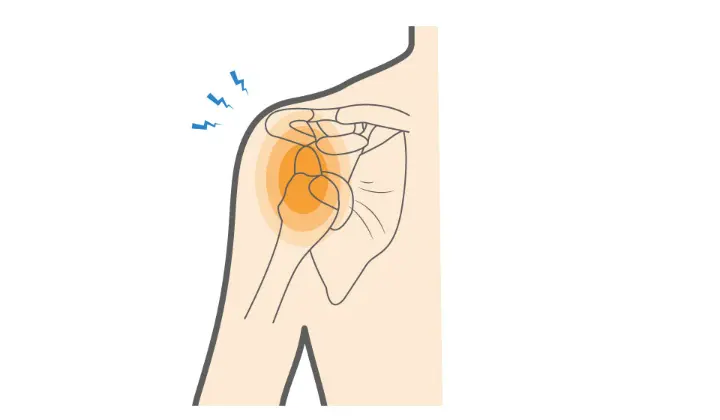What Is Multidirectional Instability?
Multidirectional Instability (MDI) is a condition in which the shoulder joint becomes unstable in two or more directions, typically anterior (forward), posterior (backward), and/or inferior (downward). Unlike traumatic dislocations, MDI usually develops over time and is often related to generalized ligamentous laxity (looseness).
Patients with MDI may not experience full dislocations but often report symptoms of the shoulder “slipping,” “giving out,” or feeling unstable during certain movements — particularly overhead activities.
Causes and Risk Factors
-
Congenital hypermobility or connective tissue disorders (e.g., Ehlers-Danlos Syndrome)
-
Repetitive overhead activity (e.g., swimmers, gymnasts, weightlifters)
-
Poor posture or scapular mechanics
-
Inadequate rotator cuff and shoulder blade muscle control
-
Family history of joint laxity or instability
Symptoms
-
Sensation of the shoulder “slipping” out of place in multiple directions
-
Vague shoulder discomfort or deep aching pain
-
Clicking or popping with motion
-
Fatigue or weakness during overhead activity
-
Difficulty with throwing, lifting, or pushing motions
-
In some cases, voluntary dislocation or subluxation
Diagnosis
-
Detailed physical exam focusing on direction and extent of instability
-
Sulcus sign, apprehension-relocation test, and load-and-shift tests may reveal laxity
-
Assessment for systemic hypermobility (e.g., Beighton score)
-
MRI or MR arthrogram to assess labral integrity or rule out other soft tissue damage
Treatment
Non-Surgical Treatment
-
First-line approach for most cases of MDI
-
Structured physical therapy program:
-
Focus on scapular stabilization
-
Strengthening rotator cuff and dynamic stabilizers
-
Neuromuscular re-education
-
-
Postural correction and activity modification
-
Bracing may be considered for athletes during sport
Surgical Treatment
-
Reserved for patients with:
-
Persistent instability after at least 6 months of rehab
-
Structural labral or capsular injury
-
-
Procedures include:
-
Capsular plication (tightening of the joint capsule)
-
Arthroscopic thermal capsulorrhaphy (rarely used today)
-
-
Success depends on identifying the direction of instability and correcting muscular imbalances
Recovery Outlook
-
Most patients respond well to non-surgical therapy
-
Surgical recovery:
-
Sling for 3–4 weeks
-
Progressive physical therapy over 4–6 months
-
Return to full activity typically by 6–9 months
-
-
Compliance with rehab is critical to long-term success
Why Kerlan Jobe Institute?
At Kerlan Jobe Institute, we recognize that multidirectional instability is often misdiagnosed or undertreated. Our shoulder specialists excel in identifying the unique patterns of instability and providing customized treatment — whether through high-level rehabilitation programs or precise surgical correction — to restore strength, stability, and confidence in the joint.

